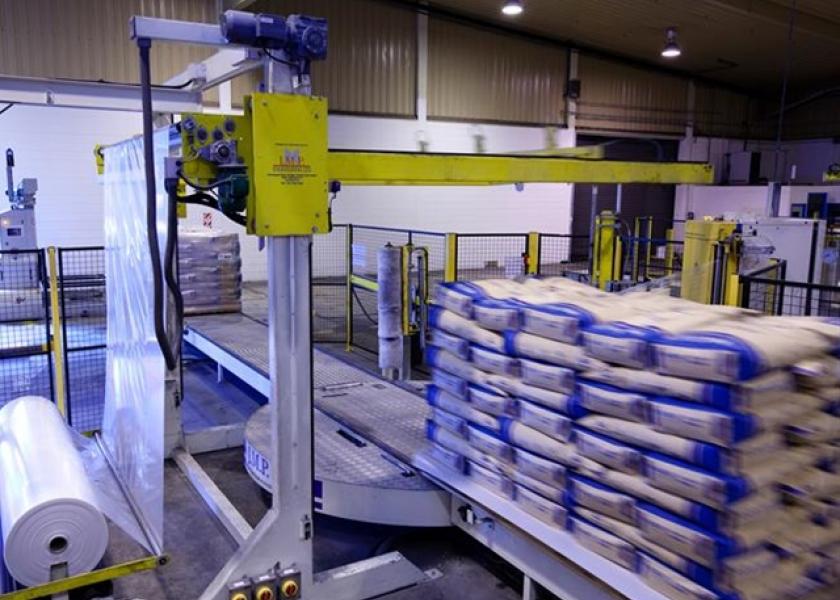Higher Crude Oil Prices Could Lift Powder Prices

Crude oil prices, which lost nearly one-third of their value last year, helped dairy producers in many ways. The lowest crude oil prices in years lowered fuel and fertilizer prices, while putting more income into the pockets of U.S. consumers. At the same time, though, oil-dependent countries that are also importers of milk powders struggled with falling revenues, which could have worked to drag nonfat dry milk (NDM) and skim milk powder (SMP) prices lower.
“Recovering oil prices could provide some positive news for dairy and milk powders,” says Sara Dorland, analyst with the Daily Dairy Report and managing partner at Ceres Dairy Risk Management, Seattle. “A rebound in milk powder purchases would likely help support higher world and U.S. milk prices.”
On Monday, March 21, the May NYMEX futures U.S. benchmark price for crude oil closed above $41 per barrel on the New York Mercantile Exchange. The May 2016 Brent crude oil futures price closed at $41.54 per barrel, up 53 percent from its 12-year low of $27.10 hit on Jan. 20. However, analysts were unsure whether the recent rally would continue based on concerns that energy companies could increase drilling now that prices are well off their lows.
“Crude oil and nonfat dry milk/skim milk powder prices tend to track one another because oil-producing countries are significant buyers of milk powders,” notes Dorland. “Higher oil prices generate income in these countries to support milk powder purchases.”
Saudi Arabia, Russia, the United Arab Emirates, Iran, Mexico, and Kuwait were all top-10 oil-producing countries in 2015, according to the U.S. Energy Information Administration. These countries are also significant buyers of milk powder buyers, according to Dorland.
Plummeting oil prices last did little to deter sales of skim milk powder or nonfat dry milk to most countries. “In fact, nonfat dry milk and skim milk powder trade remained strong in many countries—likely due to the fact milk powder prices declined in lock-step with oil prices,” Dorland notes.
At the start of 2015, Dorland notes that the U.S. oil benchmark price was $52.69/barrel. By the end of the year, prices plunged 28 percent to $38.10. Over that same period, Dorland says that the CME NDM spot contract lost 25 percent of its value, dropping from $1 per pound to 75.5 cents.
“In other words, the decline in the two products remained consistent and likely helped to keep product moving to oil-producing nations,” she notes. “While a rise in oil prices does not necessarily translate into an immediate increase in nonfat dry milk and skim milk prices, it can support prices over the long run because increases in disposable income in these countries can potentially be allocated toward dairy product purchases.”







